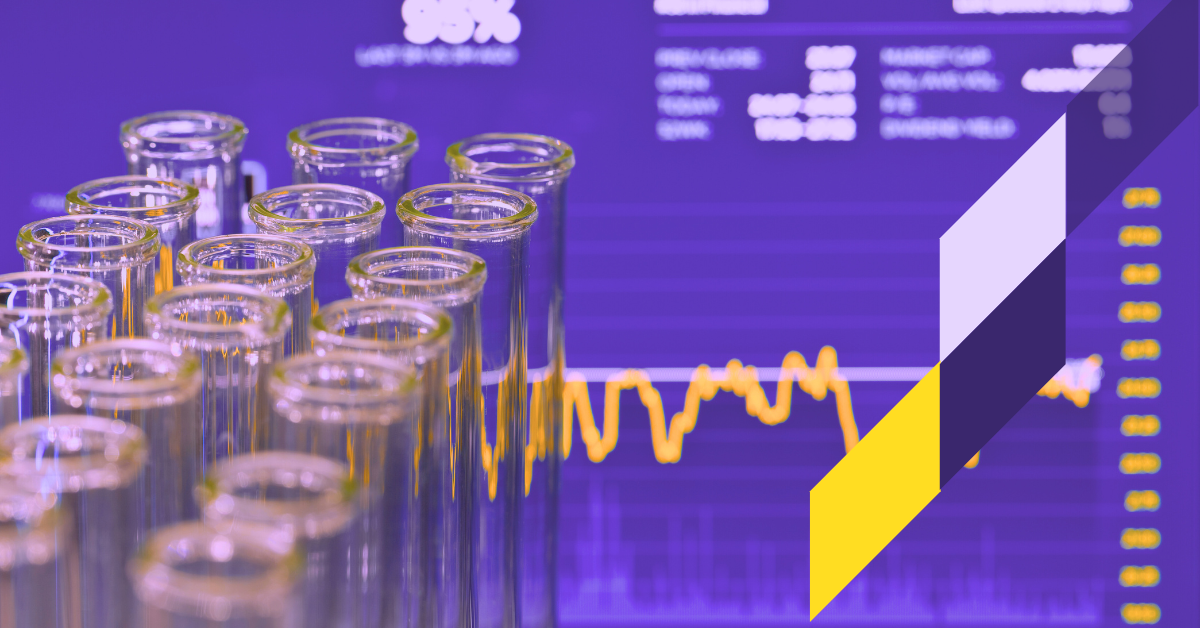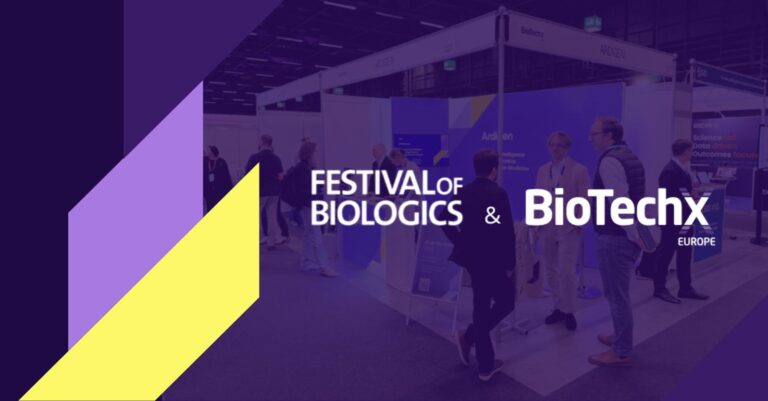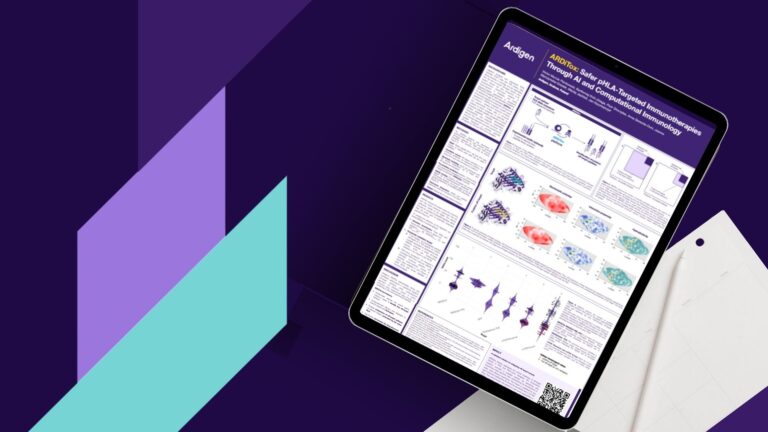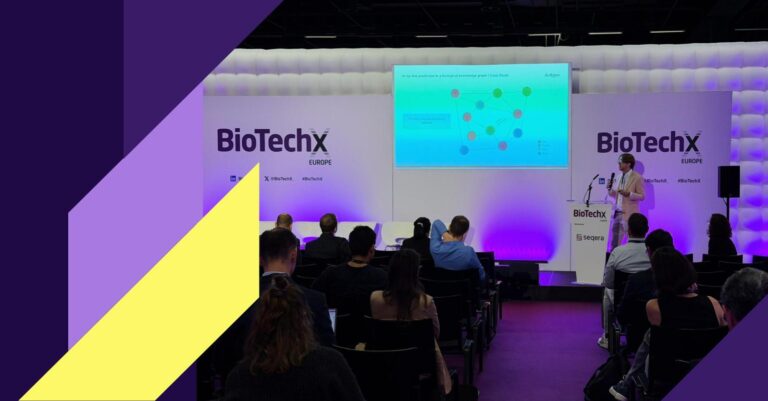In January 2020, as much of the world was still waking up to the threat of COVID-19, a team at Moderna had already finished designing a vaccine candidate- just 48 hours after the virus’s genome was published. While the global public would come to see this moment as a testament to the speed of science, those inside the biotech world knew it was something else: a quiet but seismic validation of years of investment in AI.
Moderna’s lightning-fast response wasn’t the result of luck or even traditional biotech prowess. It was the culmination of a digital transformation strategy that had begun years earlier, embedding machine learning into everything from mRNA sequence optimization to immune response simulation. In that moment, AI didn’t just accelerate science – it redefined what timelines were possible.
Since then, the US biotech sector has continued to act as a proving ground for AI-driven innovation. Below are five lessons from the US market -grounded in specific examples and data- that point to how AI is truly reshaping biotech, and where the rest of the world is charting its own course.
AI integration into biotech: Quiet disruption, measurable impact
Over the past five years, AI in biotech has moved from experimental curiosity to operational backbone. In 2023, AI-first biotechs like Recursion Pharmaceuticals and Insitro were consistently outperforming traditional pharma in terms of preclinical timelines – shaving 12 – 18 months off early-stage discovery on average. Recursion alone claims to test 1.8 million compounds per week using its phenomics platform, an unthinkable scale just a decade ago.
Meanwhile, the market itself has responded. The global AI in drug discovery market was valued at $2.9 billion in 2023 and is projected to reach $9.1 billion by 2028, with North America accounting for over 40% of that share. Major players like Pfizer, Amgen, and Eli Lilly have all made nine-figure investments into AI integration – either via internal teams or through partnerships with AI CROs. For instance, Eli Lilly’s partnership with XtalPi is reported to be worth over $250 million, aimed at accelerating the identification of small-molecule therapeutics.
Lesson 1: AI works best as an augmenter - and here's the proof
It’s now clear that AI delivers the best results when used to amplify, not replace, human expertise. Moderna’s COVID-19 vaccine is a high-profile example, but the pattern repeats across the sector.
Take Insitro’s work with Gilead on NASH (nonalcoholic steatohepatitis): using AI to model disease progression from liver biopsy data, Insitro identified biomarkers that could predict disease stages months earlier than conventional diagnostics. Yet Gilead’s internal clinical teams were essential for translating those insights into trial protocols. The collaboration hasn’t yet produced a commercialized drug—but it’s cut initial discovery timelines by 30% and allowed for more precise patient stratification.
In other words, AI didn’t replace the scientist – it made the scientist more effective, especially in making sense of multidimensional data sets that would take humans years to interpret alone.
Lesson 2: Data isn’t just fuel - it’s leverage
Tempus, a Chicago-based precision oncology company, has quietly become a powerhouse in cancer care, not because of a new molecule, but because of a mountain of data. Its platform ingests and analyzes over 50 petabytes of real-world oncology data across 3.5 million patients. That scale matters: it enables Tempus to train models that suggest personalized treatment options with 91% match accuracy to tumor boards at major US hospitals.
Yet the key lesson is not just the size of the data, but access and integration. Tempus’ success hinges on forming data-sharing agreements with over 50 healthcare systems, including the Cleveland Clinic and Mayo Clinic. Companies without these partnerships – or those operating in regions with stricter data privacy regimes – often struggle to replicate this advantage.
Lesson 3: Regulatory evolution is (slowly) catching up
While innovation races ahead, regulation drags behind. But there are signs of convergence. The FDA’s recent acceptance of AI-based toxicity prediction tools has reduced the need for some animal testing, streamlining early-phase development.
Boston-based PathAI exemplifies how proactive regulatory engagement can pay off. Its AI pathology platform, trained on over a million annotated slides, was one of the first to receive Breakthrough Device Designation from the FDA. That early engagement helped PathAI enter clinical trials ahead of schedule, showing that building trust with regulators can speed things up rather than slow them down.
Still, the gap remains wide. Regulatory reviews for AI-supported drug submissions still take 30- 40% longer on average, due to added scrutiny around model interpretability and bias.
Lesson 4: Collaboration wins over competition
In the US, nearly every major AI-biotech breakthrough has emerged from collaboration. Alphabet’s DeepMind and its AlphaFold project – although UK-based – has been integrated into US pipelines across Amgen, Genentech, and Novartis USA, with over 200 million predicted protein structures now in use for early-stage drug discovery.
Similarly, Pfizer’s alliance with IBM Watson (now Merative) and Mayo Clinic’s partnership with nference show how academic and industry partnerships can democratize access to AI tools. Between 2015 and 2025, the number of public-private AI biotech consortia in the US grew tenfold.
And then there’s the surge of AI-focused CROs. Companies like Aria Pharmaceuticals and Verge Genomics offer modular AI services – target discovery, trial design, molecule prediction- that pharma companies can plug into their existing pipelines. This model is particularly effective for companies without internal AI talent but with strong therapeutic domain knowledge.
Lesson 5: Investor pressure can distort - and accelerate - innovation
Between 2020 and 2023, US AI-biotech startups raised over $18 billion. This flood of capital helped companies like XtalPi, Valo Health, and Insitro hire talent, expand computing power, and build data infrastructure. But it also led to premature hype.
In 2024, when Exscientia and BenevolentAI both pulled drug candidates due to poor trial performance, investors got a reality check. The shift was immediate: later-stage funding rounds now demand clinical validation data, not just computational claims. The days of raising nine figures on a slick demo are (mostly) over.
Still, the promise is real. According to McKinsey, AI could shorten drug development cycles by up to four years and save $26 billion annually in R&D costs. The catch? That’s only possible when the AI is integrated into end-to-end workflows—not treated as a plug-and-play solution.
US vs. the world: Diverging paths, converging goals
While the US leads in AI integration and investment, Asia-Pacific is outpacing it in growth rate, with China’s AI-biotech sector expanding at 25% CAGR, compared to the US at 17%. Chinese firms like Huawei Cloud and XtalPi (which has joint US-China roots) are pushing AI into everything from compound synthesis to digital twin-based trials. Meanwhile, Europe lags in implementation, partly due to data privacy restrictions (GDPR) and slower regulatory adoption.
That said, Europe has a strong academic base and a rapidly growing open science movement, which could make it a late-stage AI-bio powerhouse if those strengths are properly connected with agile regulation and industrial capital.
Final Thoughts: No magic, just execution
Moderna’s 48-hour vaccine candidate may have kicked off the public’s awareness of AI in biotech, but the story beneath it is one of long-term strategy, cross-disciplinary teams, and relentless iteration. The real promise of AI lies not in its novelty, but in its operationalization—getting the right data, the right infrastructure, and the right human expertise into one system.
The US hasn’t solved it all—but its lessons offer a valuable roadmap for markets worldwide. And the companies that win won’t be the ones with the shiniest algorithms—they’ll be the ones that make AI actually work in the messiness of real science.
At Ardigen, we’re here to help do exactly that. If you’re navigating AI transformation in biotech and need partners who understand both the science and the systems, we’re ready to talk.
Further Reading from Ardigen’s Knowledge Hub
Explore more insights into AI, pharma, and the future of drug discovery:




